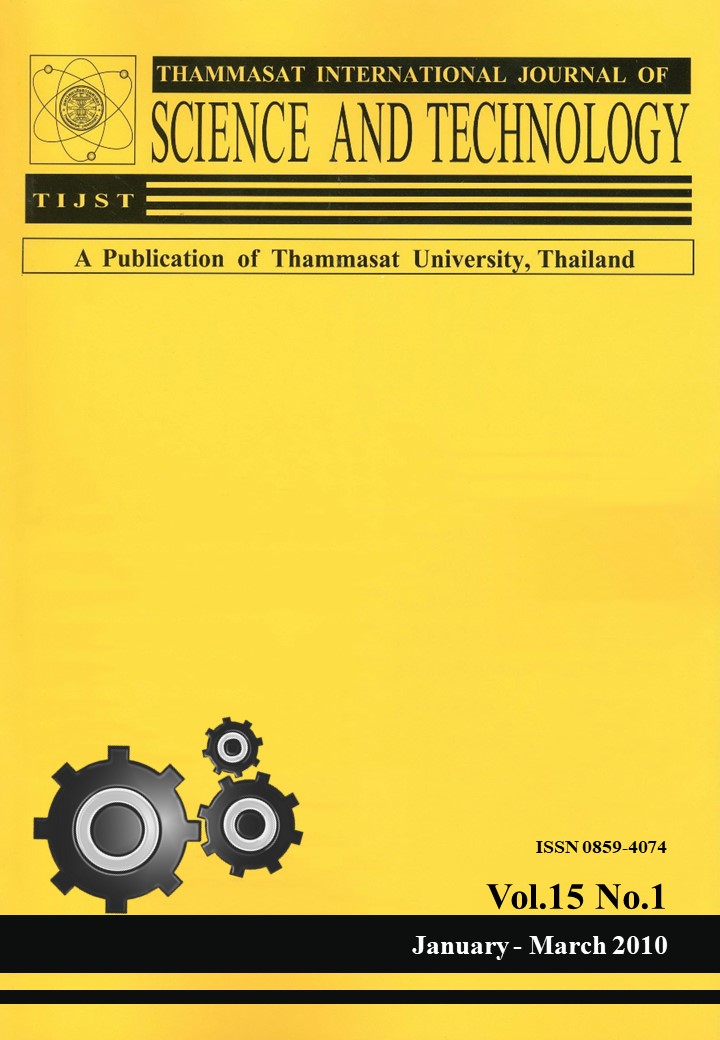Resistance Spot Weldability of Low Carbon and HSLA Steels
Main Article Content
Abstract
The resistance spot welding of dissimilar materials is generally more challenging than that of similar materials due to differences in the physical, chemical and mechanical properties of the base metals. The influence of the primary welding parameters affecting the heat input such as; peak current on the morphology, microhardness, and tensile shear load bearing capacity of dissimilar welds between Low Carbon steel and High Strength Low Alloy (HSLA) steel has been investigated in this study. This study has been done in three stages: First, welding performed on Low Carbon steel, then, on HSLA steel, after that, on a combination of both. During this study only welding current has been changed and other parameters are kept constant. Bearing capacity, hardness and weld nugget size of material shows a linear relationship with welding current, also weldability of low carbon steel with HSLA steel was found tobe satisfactory. At 8KA welding current, bearing capacity shows a maximum value (in Kg) of 270 for low carbon steel, 230 for HSLA steel, and 205 for a combination of both.
Article Details
How to Cite
Tewari, S. P., & Rathod, N. (2015). Resistance Spot Weldability of Low Carbon and HSLA Steels. Science & Technology Asia, 15(1), 1–11. retrieved from https://ph02.tci-thaijo.org/index.php/SciTechAsia/article/view/41303
Section
Articles


